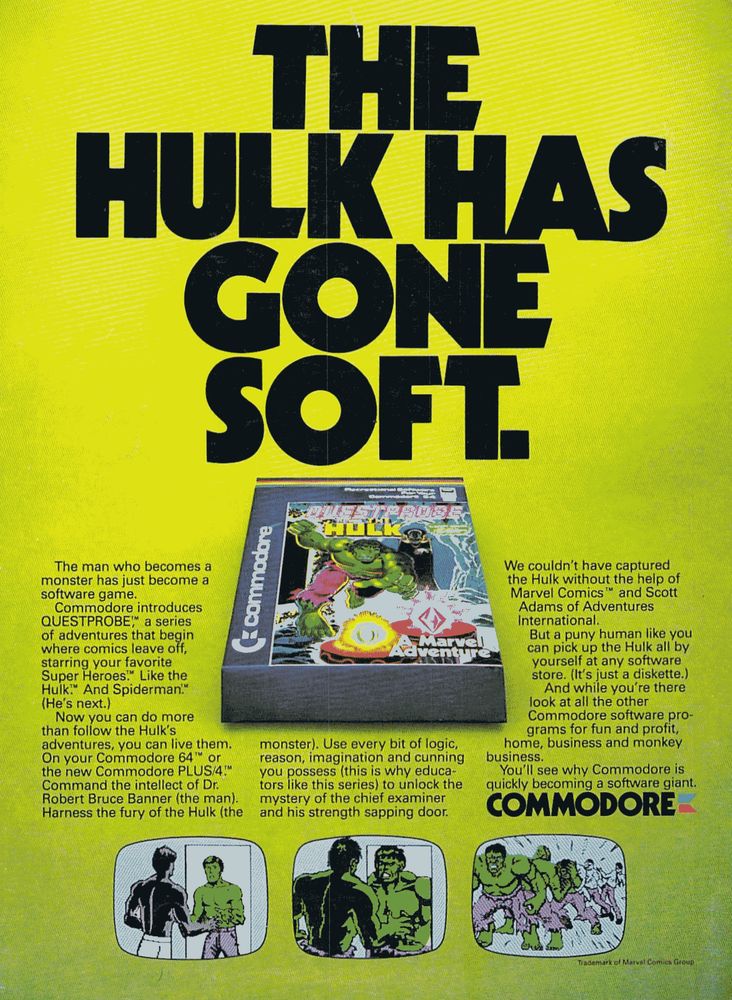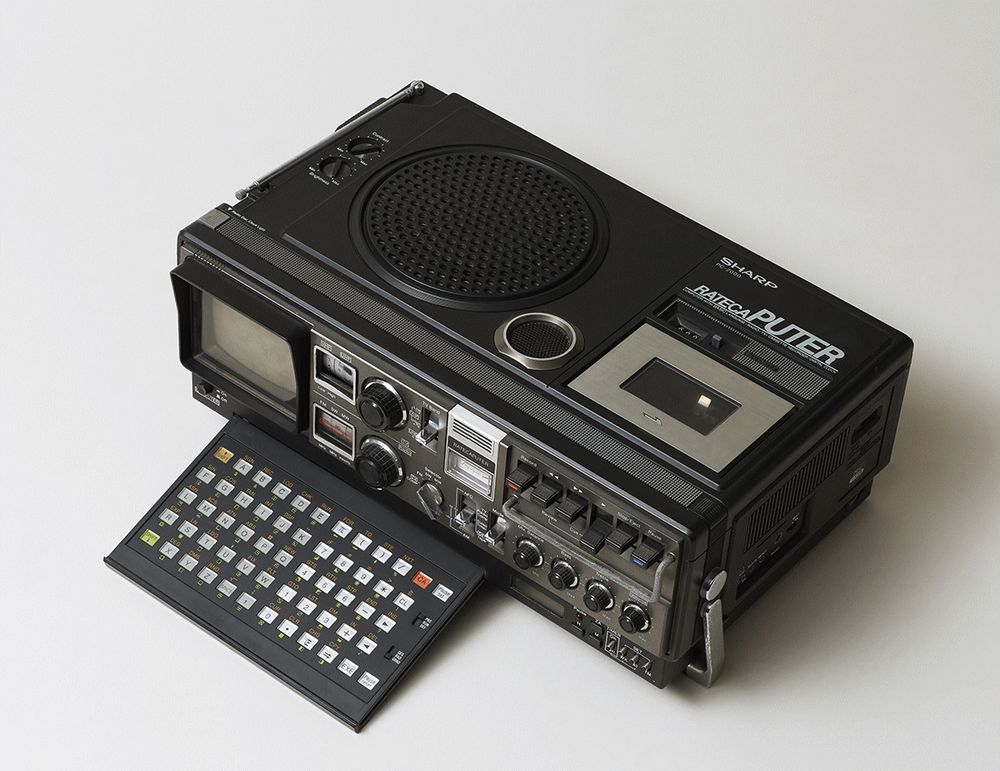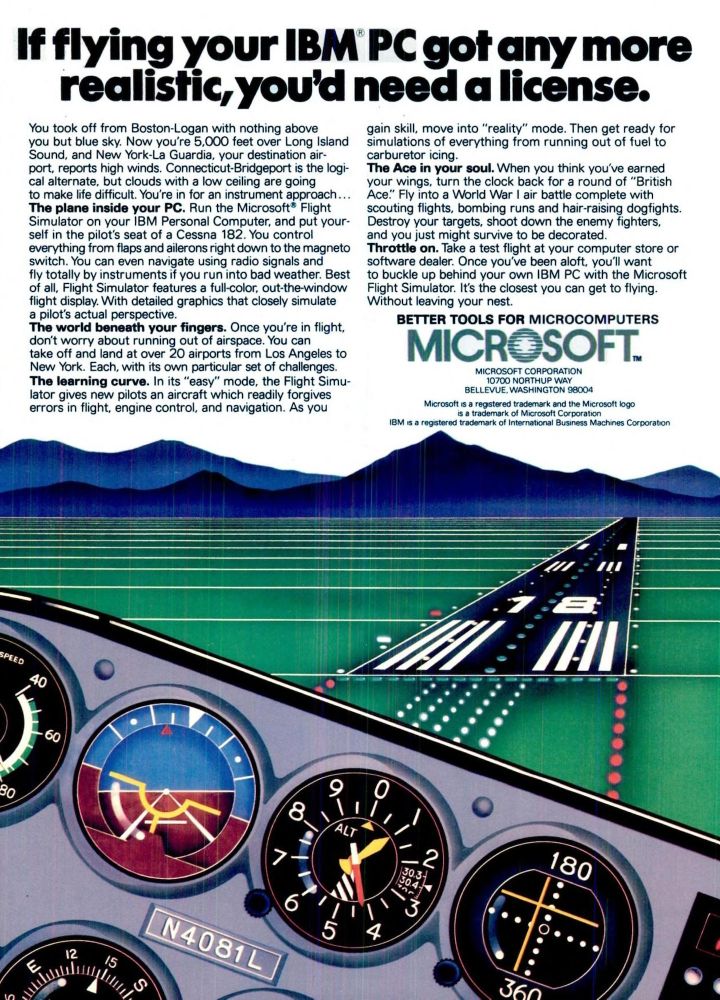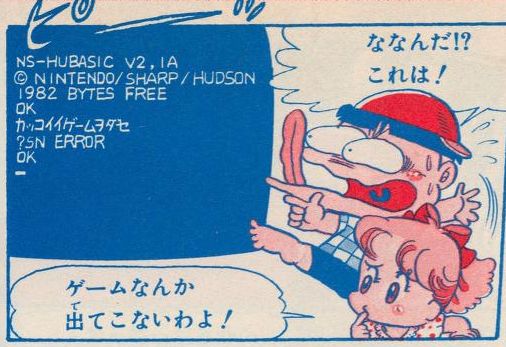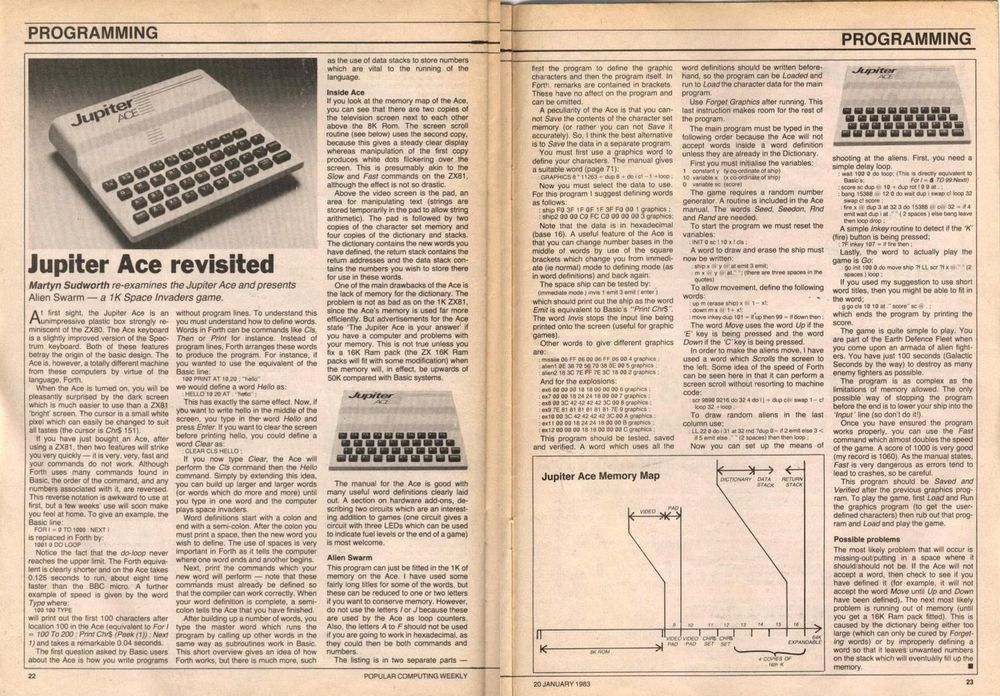Retro Computers
@retrocomps.bsky.social
22K followers
1 following
7.1K posts
Semi-automated posting of old computers and videogames. Sometimes other bits of retro aesthetics and design. ~6-8 posts a day, ~24 posts on holidays.
⚠Outbound links tagged and monitored by Bluesky.
Posts
Media
Videos
Starter Packs
Reposted by Retro Computers
Reposted by Retro Computers

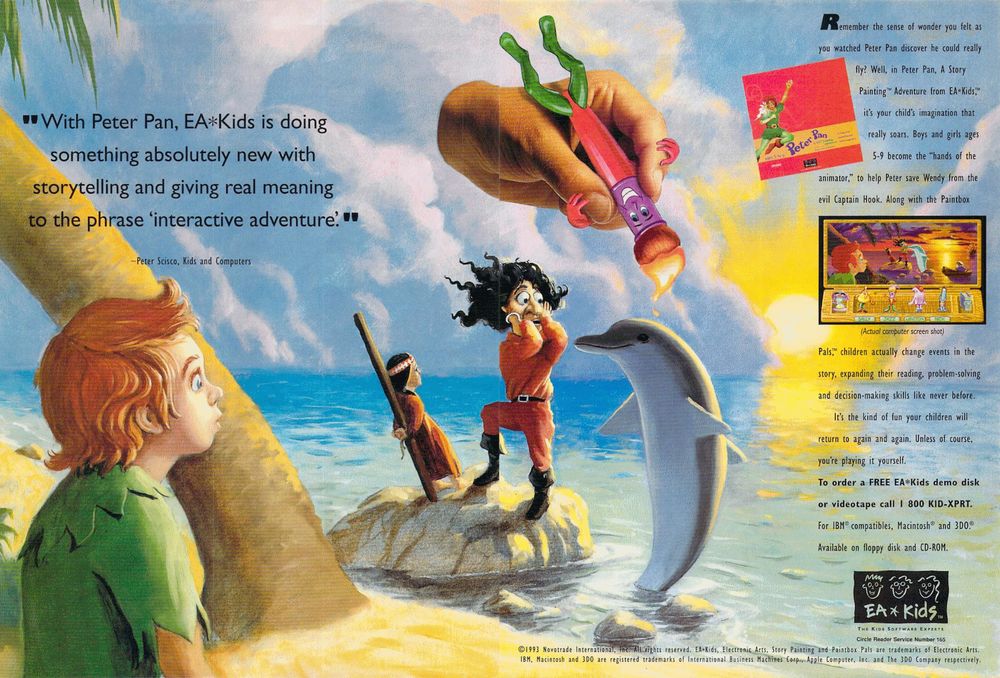


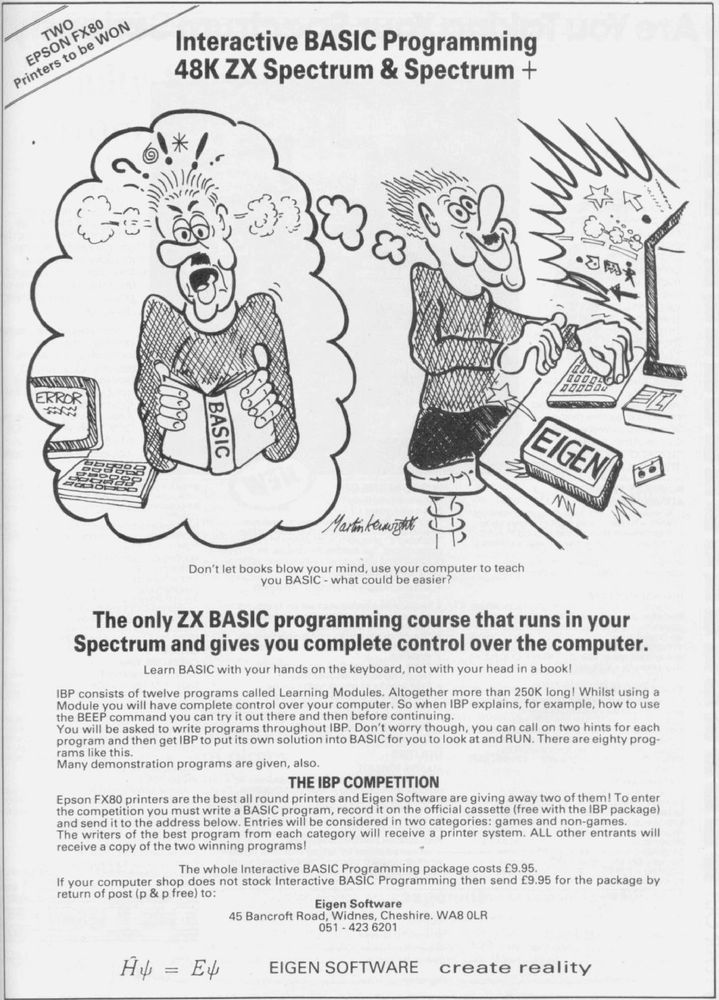

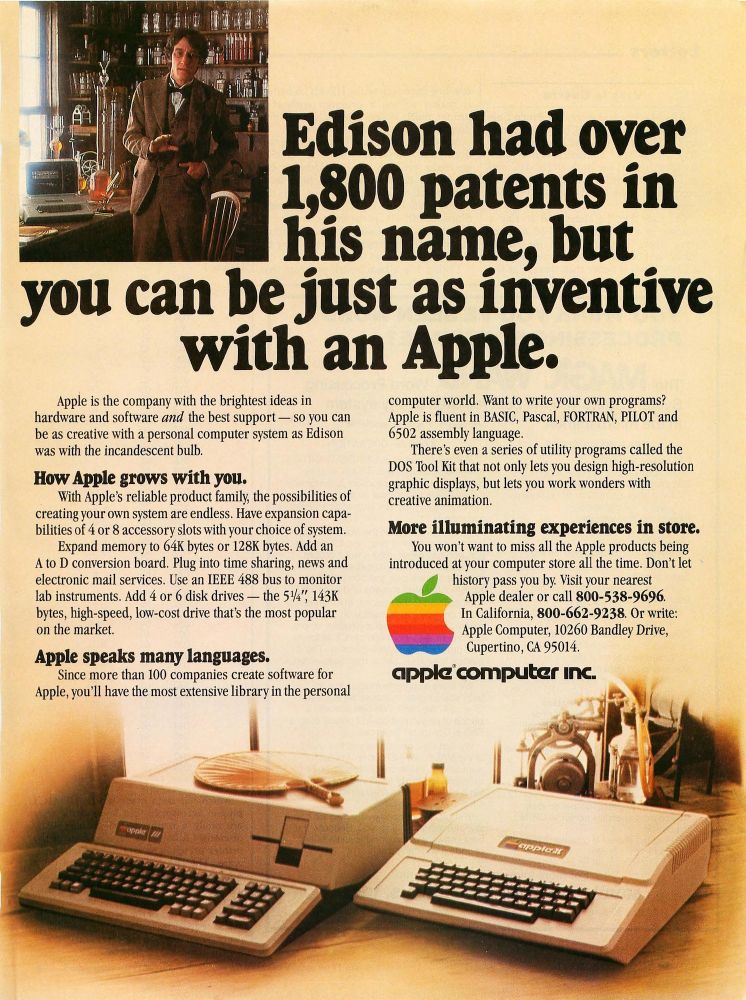
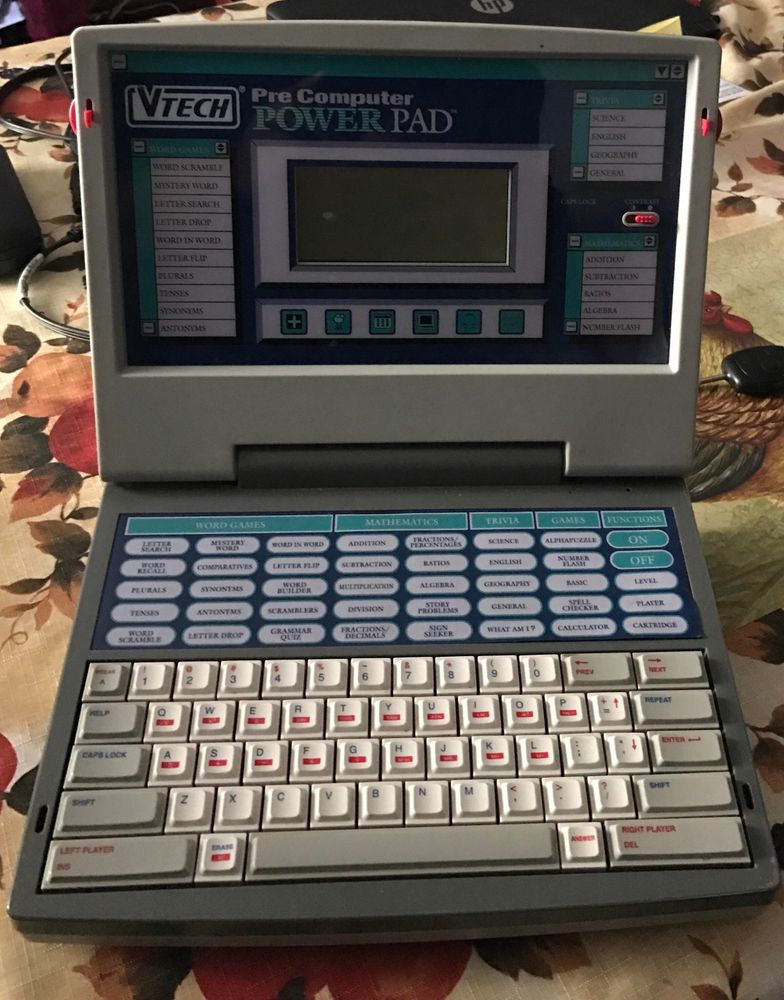

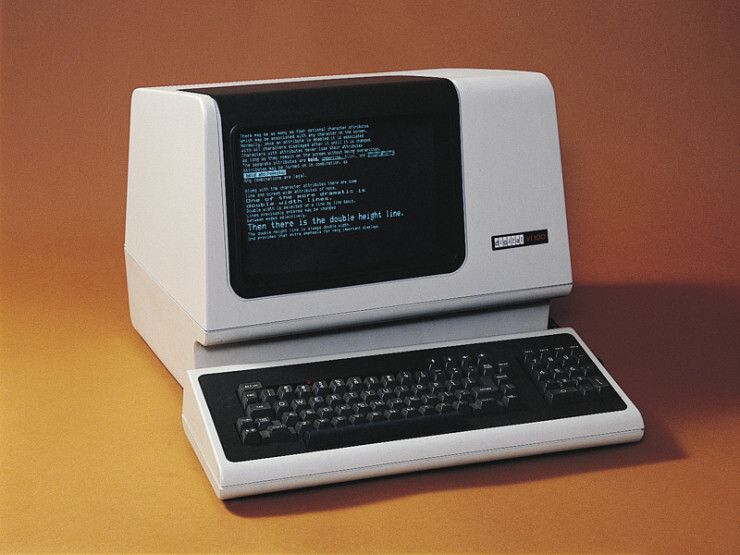
![Left page top, the side profile of the Toshiba portable computer, showing power port and 3.5" floppy drive. Left page bottom, statistics ("17.0 pounds, 16 MHz 386SX with 20387SX-16 coprocessor socket...") and a view of the expansion options ("one full-length, one half-length... [and] three dedicated internal expansion slots"). Right page top, the portable opened up, showing full mechanical keyboard with keypad, an amber monochrome 640x480 plasma screen, and system status lights worked into the monitor case. The bottom right includes ad copy ("The new Toshiba T3200SX. Take it. See how far you can go.") and company slogal ("In Touch with Tomorrow: TOSHIBA.").](https://cdn.bsky.app/img/feed_thumbnail/plain/did:plc:y3bat4xb5srtsrknt7twpvy5/bafkreiake2p6sa4soju5yjez7bepjdrysopm547phvhtlcmcf54os3eejm@jpeg)


